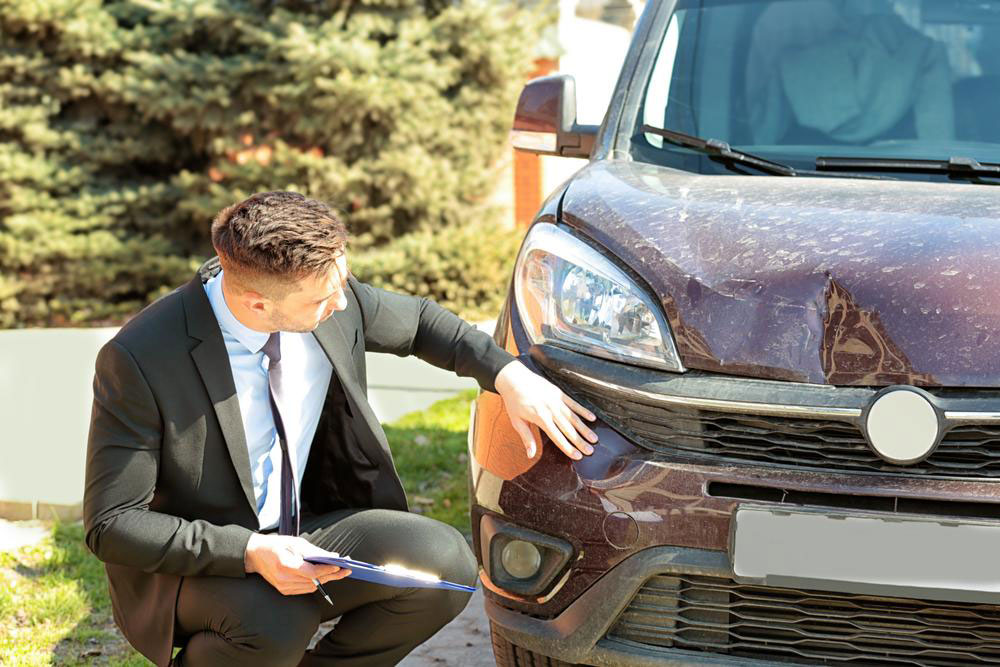Here’s what you need to know about checking car insurance
You might wonder why you would ever need to find out if a car is insured. After all, if the car is yours, you probably are already well aware of every detail of the insurance, especially the costs and coverage. But how about in those instances when you are not the owner of a car, but perhaps the potential buyer, or a temporary driver. Or perchance you’ve inherited the car, or found it amongst the belongings of a recently deceased relative’s, and aren’t quite sure of its antecedents, and whether you should be driving it around. Wouldn’t you want to be secure in the knowledge that the car you’re driving is insured?

And in the case of a potential purchase of a vehicle, wouldn’t you want to know the car’s history, including accident record, any damages, recalls or customer complaints, structural damages, services and repairs, title information, odometer readings, whether it has or even had a lien on it, and that it is not or has never been stolen – that it actually is the property of the person who is selling it to you? Sure, the car’s papers should be able to prove these details to an extent, but there is no harm in being absolutely certain – and the way to do that is by running the car vehicle identification number, aka VIN, and obtaining its vehicle history report (VHR).
First off, where do you find your car’s VIN information? The driver’s side, inside dash is the most common place where the VIN will be etched, followed by the front of the engine, under the car’s hood. Other places to check if these two don’t yield results is the trunk – under your spare tire, the rear wheel well, or the driver’s side door jam. You can find websites or services online that will give you a VHR for free, and though that may not be the complete history, it will give you a glimpse of the big picture. For a thorough report, you can go for a paid service.

